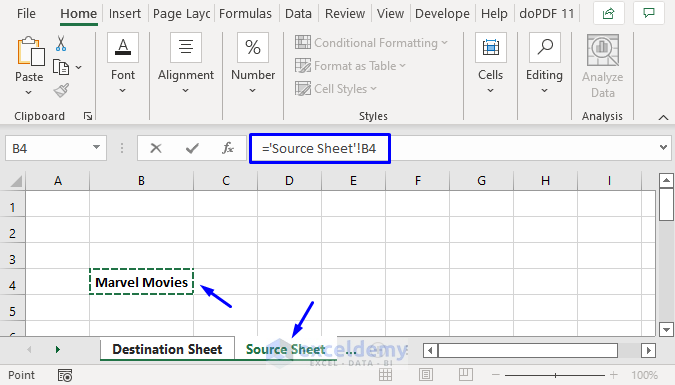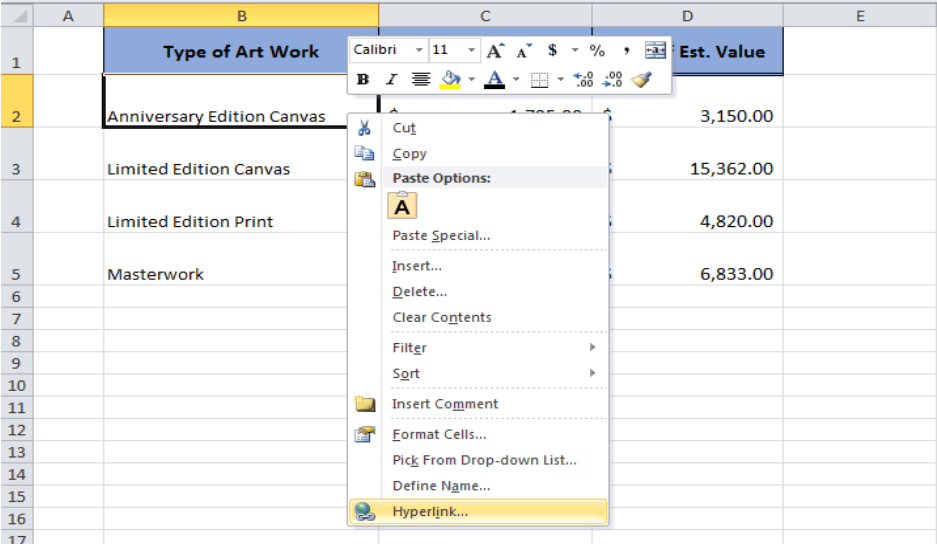5 Ways to Link Excel Variables to PsychoPy

Linking Excel variables to PsychoPy can revolutionize your experimental workflow, allowing for dynamic data management and control in psychological research. This integration facilitates more efficient, accurate, and scalable experiments. Here are five comprehensive methods to effectively link variables from Excel to PsychoPy, each offering unique advantages for your research.
Method 1: Direct Import Using CSV

Importing variables from Excel into PsychoPy often involves converting your data into a more universally compatible format like CSV.
- Open your Excel file and save as CSV.
- In PsychoPy, use the
pd.read_csvmethod from the pandas library to load the CSV file:
import pandas as pd import os
data = pd.read_csv(os.path.join(‘path’,‘to’,‘your’,‘file.csv’))
for index, row in data.iterrows():
# Use the values in row to set stimuli or experimental conditions
📁 Note: Ensure your CSV file's path is correctly set, especially in different environments like Windows, macOS, or Linux.
Method 2: Excel Formulas to CSV Direct Output

This method leverages Excel’s powerful functions to automate the export of variables.
- Use Excel formulas or VBA to dynamically export data to a CSV file.
- Set up a routine in PsychoPy to continuously or periodically check for updates in the CSV:
import csv import time
while True: with open(‘path/to/file.csv’, ‘r’) as file: csv_reader = csv.reader(file) # Process data from CSV time.sleep(5) # Check for updates every 5 seconds
Method 3: Using ODBC to Link Excel

ODBC (Open Database Connectivity) allows you to interact with Excel files as if they were databases.
- Install an ODBC driver for Excel, like Microsoft’s ODBC Driver for SQL Server.
- Set up an ODBC data source name (DSN) for your Excel file.
- Use Python’s ODBC libraries like pyodbc to access the Excel file directly:
import pyodbccnxn = pyodbc.connect(‘DSN=YourExcelDSN;’) cursor = cnxn.cursor() cursor.execute(“SELECT * FROM [Sheet1$]”) # Assumes data is on Sheet1
for row in cursor.fetchall(): # Use the row values for your experiment
📚 Note: This method might be overkill for small-scale experiments but shines in environments with large datasets.
Method 4: PsychoPy’s Built-In Excel Support

PsychoPy offers native support for Excel through its Builder view, simplifying the process for non-coders.
- In PsychoPy Builder, add a “File” component.
- Set the file type to Excel (.xlsx).
- Define which columns or sheets you wish to load as variables:
- PsychoPy will handle the reading and updating of these variables automatically.
| Column Name | Variable Name |
|---|---|
| ParticipantID | participant_id |
| Condition | condition_type |

Method 5: API Integration with Excel Web Services

This method involves using web services to interact with Excel online, providing real-time data access.
- Set up an Excel file in Microsoft OneDrive or Google Sheets with API capabilities.
- Use RESTful APIs or Python libraries like
openpyxlto interact with the web-hosted Excel file:
import openpyxl from openpyxl import Workbookwb = openpyxl.load_workbook(‘url_to_your_online_excel’) sheet = wb.active
Each of these methods provides a different approach to integrating Excel variables with PsychoPy. Direct import from CSV or using PsychoPy's built-in Excel support are straightforward and efficient for basic to intermediate use. ODBC and API integrations are ideal for more complex, real-time, or remote data management scenarios.
By understanding and implementing these techniques, researchers can significantly enhance their experimental designs. Linking variables in this manner not only streamlines data management but also allows for more flexible and dynamic experiment control. Whether you're managing large datasets, running remote studies, or simply seeking to integrate data seamlessly, these methods offer the adaptability and efficiency required for cutting-edge psychological research.
Can I use these methods with any version of Excel?

+
Yes, but some methods like ODBC and Excel Web Services require specific versions or online access to work effectively.
What if my experiment uses data that changes frequently?

+
Methods like Excel formulas to CSV output or API integrations are ideal for frequently updated data as they can pull the latest information in real-time or on demand.
Is there a method that doesn’t require any programming knowledge?

+
Yes, PsychoPy’s built-in Excel support in the Builder view allows users with minimal programming knowledge to integrate Excel variables into their experiments easily.